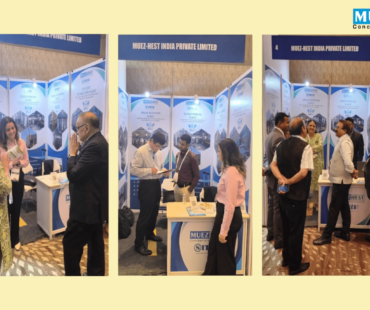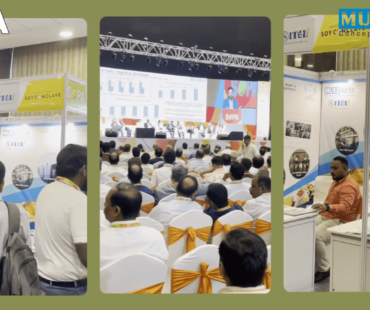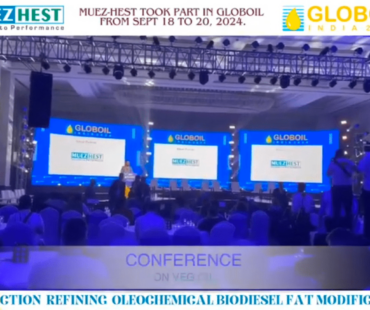We believe in providing top quality workmanship and are so confident in our level of service
that we back.
Desolventization Plant
What is Desolventization
Desolventization is a critical process in solvent extraction plants, specifically aimed at removing the solvent from the extracted meal after extraction. The primary purpose of desolventization plant is to recover the solvent (typically hexane) used in the extraction process and to ensure the extracted meal is safe for further processing or consumption.
Process of Desolventization
After separating the solvent from the oil, the residual meal (the solid material left after oil extraction) still contains some solvent.
The meal is then subjected to a second round of desolventization, typically using a desolventizer-toaster (DT) or a similar apparatus.
In the desolventizer-toaster, the meal is exposed to direct steam and indirect heat, such as through heating jackets or steam coils.
This heating causes the remaining solvent in the meal to evaporate.
The evaporated hexane, along with water vapor, is removed from the meal by ventilation and vacuum systems.
Following desolventization, the meal may undergo a drying step to further reduce residual moisture content.

Advantages of Desolventization Plant provided by Muez Hest
- Enhanced Product Quality
- Improved Product Stability
- Reduced Environmental Impact
- Enhanced Process Efficiency
- Cost Savings
- High-Quality End Products
- Increased Safety
- Efficient Solvent Recovery
- Flexibility in Solvent Types
- Integration with Automation Systems
- Reduced Solvent Emissions
Get A Quote to discuss
your manufacturing requirements

Global Installation
Global Installation
Strategies to ensure proactive domination. At the end of the day,User generated content in real-time will have multiple touchpoints for offshoring.
-
0
Project completed
-
0
Satisfied client
-
0
Year of experience
-
0
Qualified specialist
Our Clients
We worked with royal clients




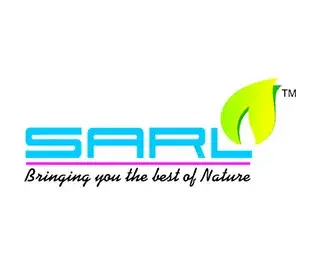

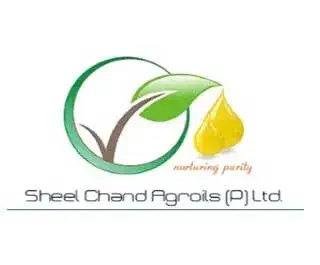

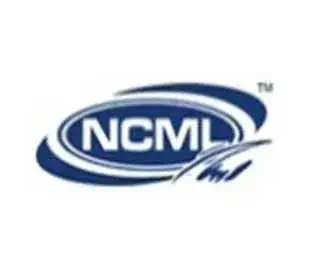
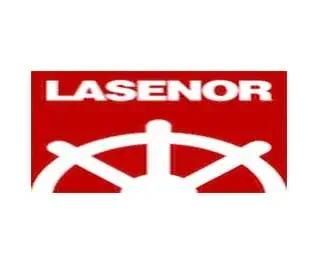
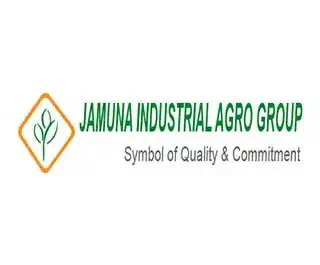
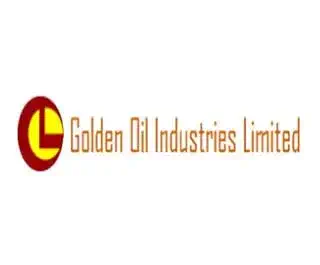




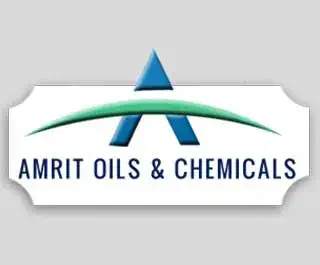

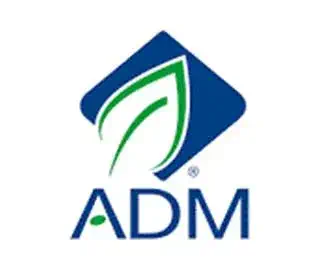




our blogs
Recent News & Articles
March 15, 2025
MuezHest Sponsoring FOIC 2025 in Mumbai
October 20, 2024
Highlights from SOPA Soyconclave 2024
faq
Frequently Asked Questions
Discover some of the most asked questions regarding Desolventization Plant in India.
What is desolventization?
Desolventization is the process of removing residual solvents (typically hexane) from extracted oil after solvent extraction to ensure that the oil meets safety and quality standards.
Why is desolventization necessary?
It is necessary to remove residual solvents to comply with safety regulations, improve oil quality, and ensure that the final product is safe for consumption and use.
What are the main technologies used in desolventization?
Common technologies include steam stripping, direct and indirect desolventization, and rotary vacuum evaporation.
How does steam stripping work in desolventization?
Steam stripping involves passing steam through the oil to vaporize and remove residual solvents. The vapor is then condensed and recovered or treated.
What factors affect the efficiency of desolventization?
Key factors include temperature, pressure, steam flow rate, and the efficiency of the evaporator or stripping equipment.
What are the environmental considerations for desolventization?
The process should minimize emissions and solvent loss. Proper recovery and recycling of solvents and treatment of any waste gases are essential for environmental compliance.
How is the efficiency of the desolventization process measured?
Efficiency is typically measured by the residual solvent levels in the final oil product, which should be below the regulatory limits.

